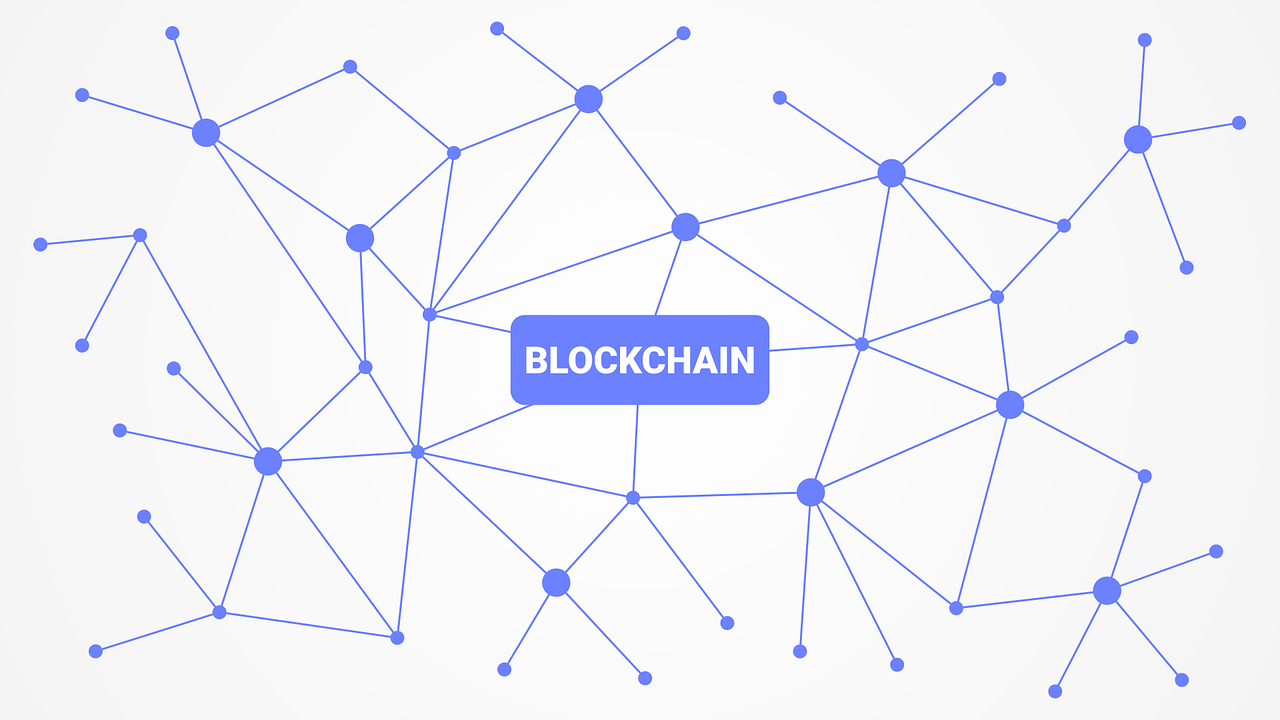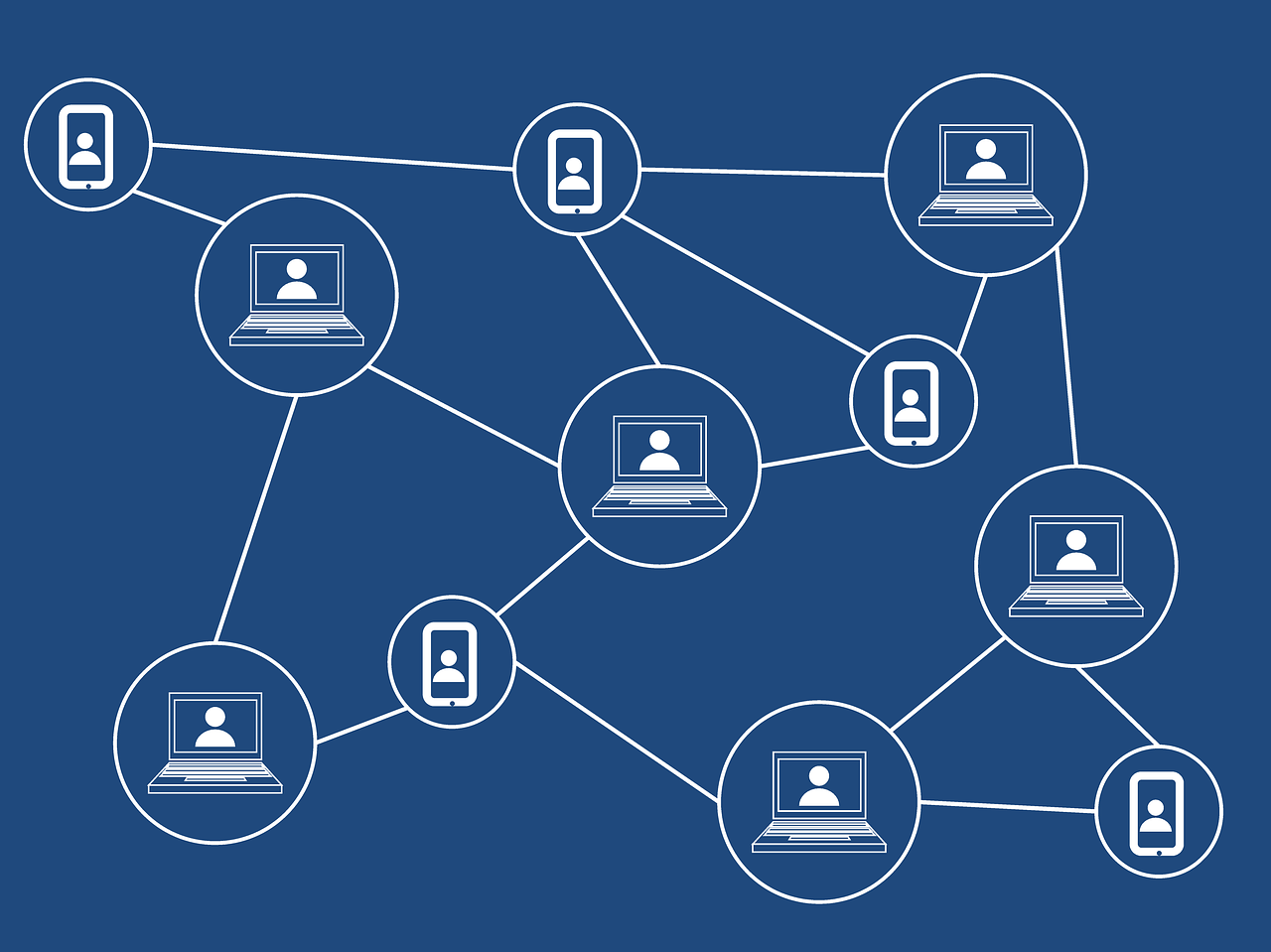
How to use cryptocurrencies
6 de fevereiro de 2024Using digital assets involves a series of procedures and important considerations. From selecting the appropriate cryptocurrency to securely managing private keys, each step requires attention. Below, I’ll outline the main steps involved in using cryptocurrencies:
1. Wallet selection: The first step is to choose a digital wallet to store your digital assets. There are various types of wallets, including hardware, software, and online wallets. Each has its own advantages and security precautions.
2. Digital asset acquisition: After selecting a wallet, you need to acquire digital assets. This can be done through exchanges, where you can buy digital assets using traditional currencies like US dollars, euros, or other cryptocurrencies like Bitcoin.
3. Secure storage: Once you’ve acquired digital assets, it’s crucial to store them securely. This often involves using secure wallets, preferably hardware wallets that keep your private keys offline and away from potential online threats.
4. Digital asset transfer: To send or receive digital assets, you’ll need the recipient’s public key. You can send digital assets from one wallet to another through transactions on the corresponding blockchain.
5. Private key security: Private keys are essential for accessing and managing your digital assets. They should be kept secure and never shared with third parties. Unauthorized access to private keys can result in irreversible loss of associated digital assets.
6. Legal awareness: Depending on your location, the use of digital assets may be subject to specific regulations. It’s essential to be informed about local laws and regulations related to the use and taxation of digital assets.
7. Risk management: Like any investment, using digital assets involves risks. Market volatility can lead to significant gains, but also substantial losses. It’s important to be aware of the risks and invest only what you can afford to lose.
8. Security updates: Staying informed about best security practices is crucial when using digital assets. This includes being alert to potential threats like phishing and malware, and taking steps to protect your information and assets.
9. Diversification: Just like in any investment portfolio, it’s advisable to diversify your holdings of digital assets. This can help mitigate the risk associated with a single digital asset or cryptocurrency.
10. Ongoing education: The digital asset ecosystem is constantly evolving, with new technologies and projects being developed regularly. Staying up-to-date with the latest trends and advancements in the digital asset space is essential for making informed and successful decisions.
By following these steps and considerations, it’s possible to use digital assets effectively and securely. However, it’s important to remember that using digital assets can also involve unique risks and challenges, and it’s crucial to conduct thorough research and be prepared to address these challenges when entering this ever-changing world.


